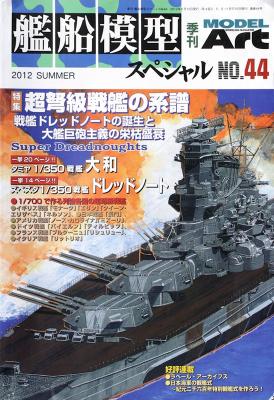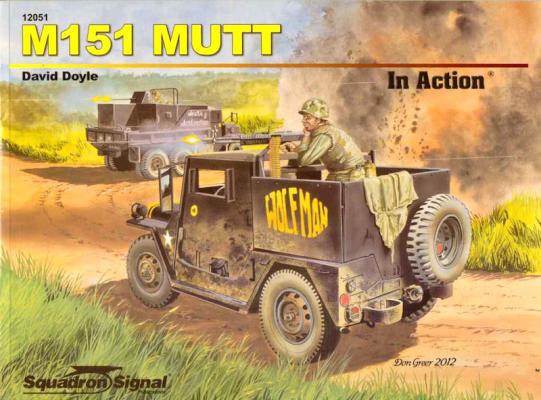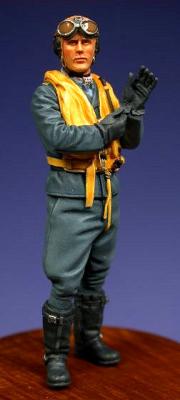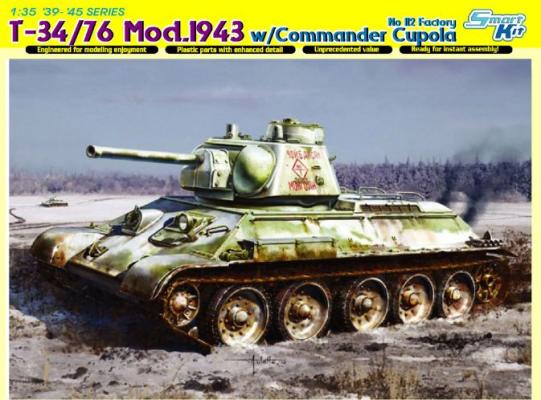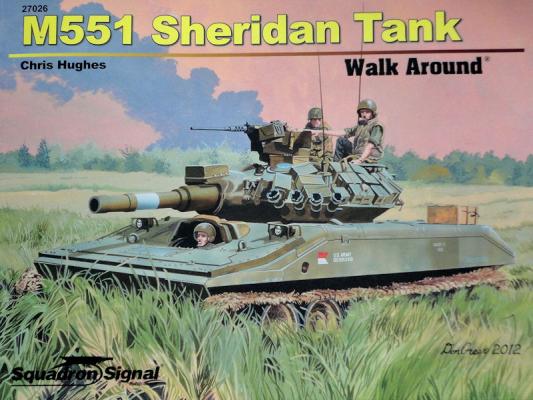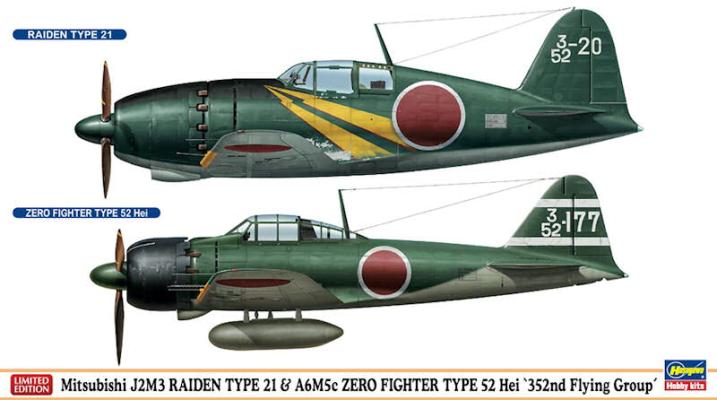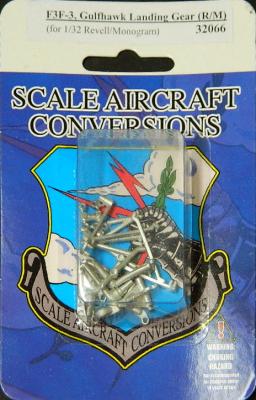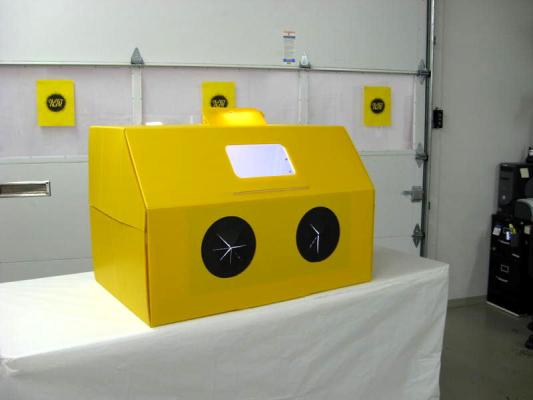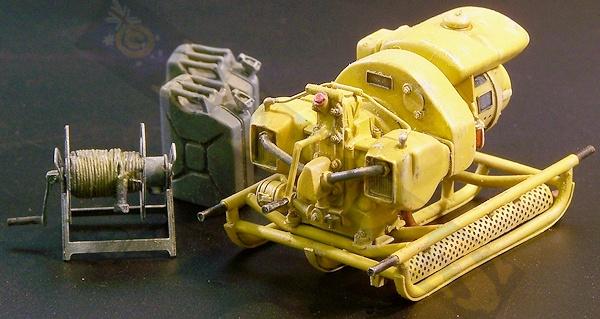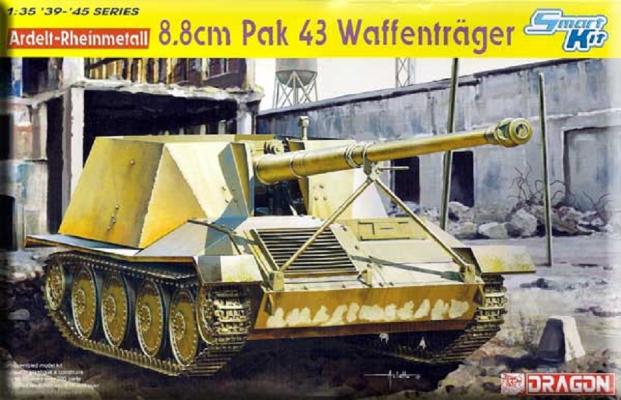Model Art No. 44 is devoted to Super Dreadnoughts – battleships from the beginning (HMS Dreadnought in 1907) to the US Navy’s Iowa class (the last operational dreadnought). As usual, in this issue there is extensive historical information along with kit builds of examples. The magazine itself is A4 size – somewhat longer and less wide than standard US 8.5 x 11 inches. There is a centerfold with the full-sized cover art of the Yamato firing a full broadside and Tamiya’s 1/350 Yamato model.
The coverage starts with a 14-page pictorial on Zvezda’s 1/350 HMS Dreadnought, the battleship that lended its name to describe the world’s most powerful weapon at that time. A beautiful kit, with pages of how to build the kit.
Next up is the ultimate Super Dreadnought – Tamiya’s 1/350 IJN Yamato. 20 pages showing details on building the kit (in late 1944 fit). Again, a beautifully built model.

